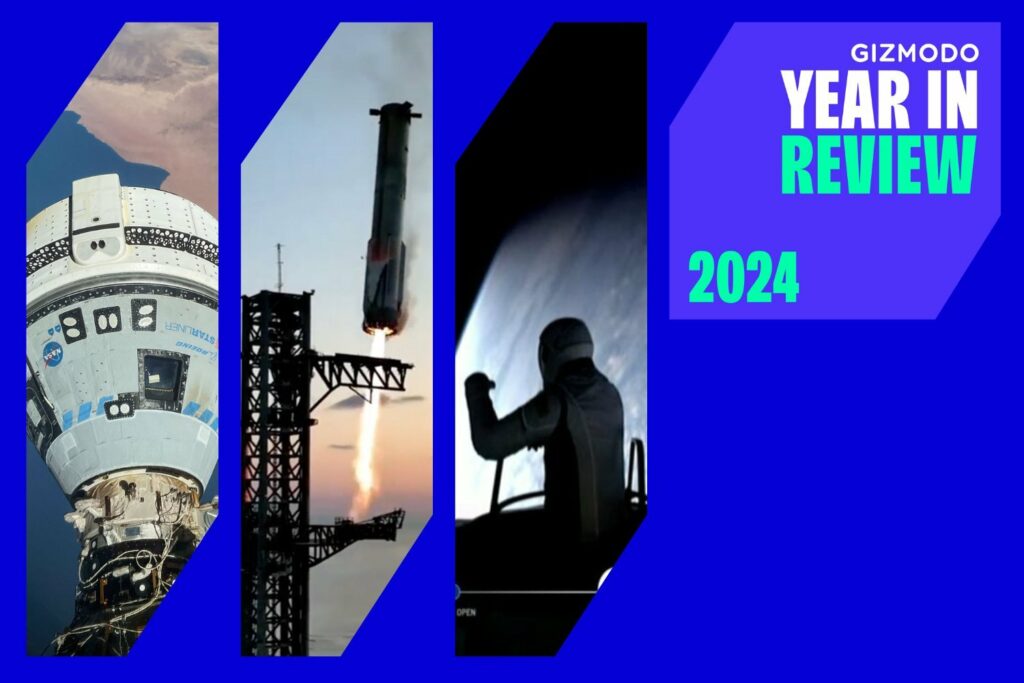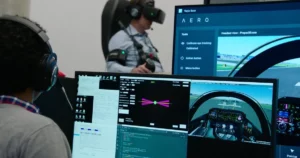
Title: The Soaring Highs and Deflating Lows of Commercial Spaceflight in 2024
As the year comes to a close, it’s clear that commercial spaceflight has taken significant strides forward. However, beneath the surface, there are concerns about the long-term viability and safety implications of these rapid advancements.
On one hand, SpaceX has made tremendous progress with its Starship program. The company has successfully tested various aspects of the rocket, including its landing capabilities and re-entry into Earth’s atmosphere. This achievement is a significant milestone, as it brings humanity closer to establishing a permanent presence on other planets.
Moreover, SpaceX has received approval from regulatory bodies to begin providing direct-to-cell service from satellites, which could be a game-changer for communities affected by natural disasters or those in remote areas without reliable communication networks.
On the other hand, there are also several concerns that have emerged throughout 2024. One major issue is the environmental impact of these new technologies. SpaceX’s Starship program has been criticized for its potential to create massive sonic booms upon re-entry, which could cause damage to nearby structures and disrupt local communities.
Furthermore, the rapid proliferation of satellites in orbit has led to concerns about space debris and the long-term sustainability of our ability to launch new missions into space. These are crucial issues that must be addressed before we can truly say that commercial spaceflight is a viable option for humanity’s future.
In conclusion, while 2024 has seen remarkable breakthroughs in commercial spaceflight, it’s essential to acknowledge both the high-flying achievements and the sobering challenges that lie ahead.
Source: gizmodo.com


